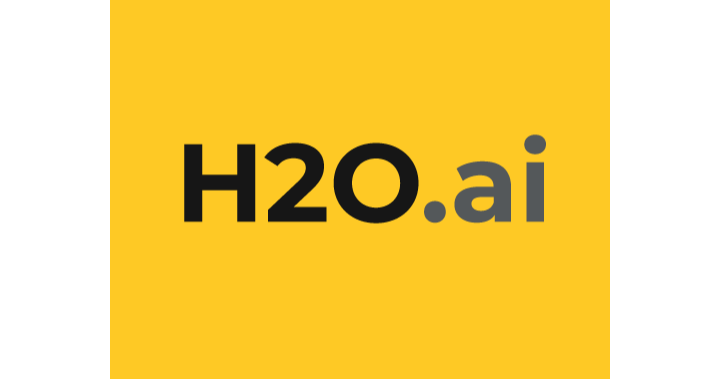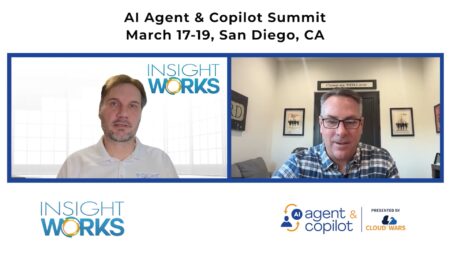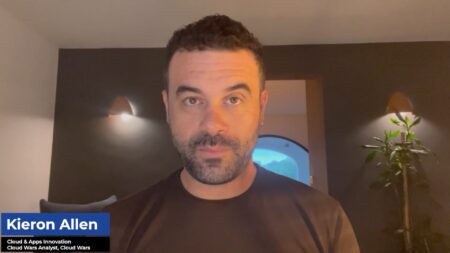The context and purpose behind this series: “The 17 Companies Reshaping the Landscape of Enterprise AI“.
Who They Are
H2O.ai is an “open-source software company” that “brought to market new platforms and technologies to drive the AI movement”. This approach has led to H2O.ai being used by almost half of the Fortune 500 and by over 18,000 organizations around the world.
AI has been a challenge for many to try to explain. The lack of understanding has led to barriers to adoption across industries. To this end, H2O.ai looks to create “transparency, accountability, and trustworthiness” through its “Explainable AI” efforts.
Additionally, H2O.ai has launched their “AI 4 Good” program with the goal of “giving back and paying it forward”. They are doing this in multiple ways:
- In the education industry, they are collaborating with AI4ALL to educate the next generation of “AI technologists, thinkers, and leaders”.
- Wildlife conservation and research are important to H2O.ai. As such, they have partnered with Wildbook that blends structured wildlife research with artificial intelligence.
- Quality of care in healthcare and medicine is another goal of H2O.ai. In order to improve this and lower costs, H2O.ai has partnered with Health IT Now (Health Innovation Alliance) to increase access to technology-enabled care and much more.
What They Do with their Explainable AI Platform
The H2O.ai platform is an AI hybrid cloud to enable organizations to:
- Prepare: Full suite of data preparation, data engineering, data labeling, and automatic feature engineering tools to accelerate time to insight.
- Model: Award-winning Automatic Machine Learning (AutoML) technology to solve the most challenging problems, including Time Series and Natural Language Processing.
- Explain: Industry-leading toolkit of explainable and responsible AI methods to combat bias and increase transparency into machine learning models.
- Operate: Deploy models in any environment and enable drift detection, automatic retraining, custom alerts, and real-time monitoring.
- Develop: H2O Wave enables fast development of AI applications through an open-source, light-weight Python development framework.
- Consume: H2O AI Hybrid Cloud enables data science teams to quickly share their applications with team members and business users, encouraging company-wide adoption.
Automation capabilities are infused into every step of the “data science lifecycle”. This provides data visualization and hyper-parameter tuning as just a couple of the capabilities.
Most Unique / Impactful Application
According to AutoML.org, automated machine learning “provides methods and processes to make Machine Learning available for non-Machine Learning experts, to improve the efficiency of Machine Learning and to accelerate research on Machine Learning.”
The H2O.ai platform has an award-winning AutoML solution called “H2O Driverless AI“.
The Driverless AI solution contains over 130 open-source recipes. In addition, there are multiple other capabilities, such as:
- Automatic Feature Engineering
- Bring Your Own Recipes
- Model Deployment and Operations
- Machine Learning Interpretability
- Automatic Visualization
- Natural Language Processing
- Image Processing
- Time Series
- Flexibility of Data Ingestion and Compute Technologies
Here is an example of the Driverless AI Architecture:

Who They Have Impacted
Hortifrut, based in Chile, is the largest producer of blueberries in the world and operates farms in Peru, Chile, Mexico, Argentina, the United States, Spain, Morocco, and China, with the distribution of fruit across 37 countries.
The challenge that Horifrut faced was they weren’t able to predict the quality of the product upon arrival. This can have a negative impact on the customer experience and lead to revenue loss.
Horifrut leveraged the Driverless AI solution to have predictive insights into the quality of their blueberries. Additionally, Horifrut was able to reduce their AI model development time from 3-5 months down to 3-5 weeks.
They are now using Driverless AI to “predict future production of the blueberries dependent on the origin, weather, variety, and more”.
Closing Thoughts
Artificial intelligence is fed by data. Data is created by humans from varied backgrounds, experiences, and, unfortunately, bias. Of course, this leads to fallible data that the AI construct relies upon, and leads to people questioning the ethical state of the AI outputs.
So, how do we address this?
Companies such as H2O.ai are striving to create a framework and culture of responsibility woven into all aspects of AI. The approach is applaudable as we need to start somewhere, but is it enough?
In 2019, the United Nations hosted a seminar on the geopolitical impacts of artificial intelligence. The aim of the discussion was “focused on the need for prudent global governance of artificial intelligence”. This effort led to the creation of the “AI and Global Governance Platform“. The platform will “provide university researchers, international organizations, policymakers, private-sector workers, and the public sector with a platform to collaborate on the governance of AI.”
The lofty goal of artificial general intelligence is still a long way off by many estimates. However, by putting a responsible framework in place now, we can, hopefully, ensure AI is built on a solid, ethical foundation.
Additional Resources
- Hortifrut case study: https://www.h2o.ai/wp-content/uploads/2020/01/Hortifrut-Customer-Case-Study_rnd1.pdf
- https://www.wired.com/story/ai-smart-cant-grasp-cause-effect/
- https://www.h2o.ai/resources/ebook/responsible-machine-learning/









